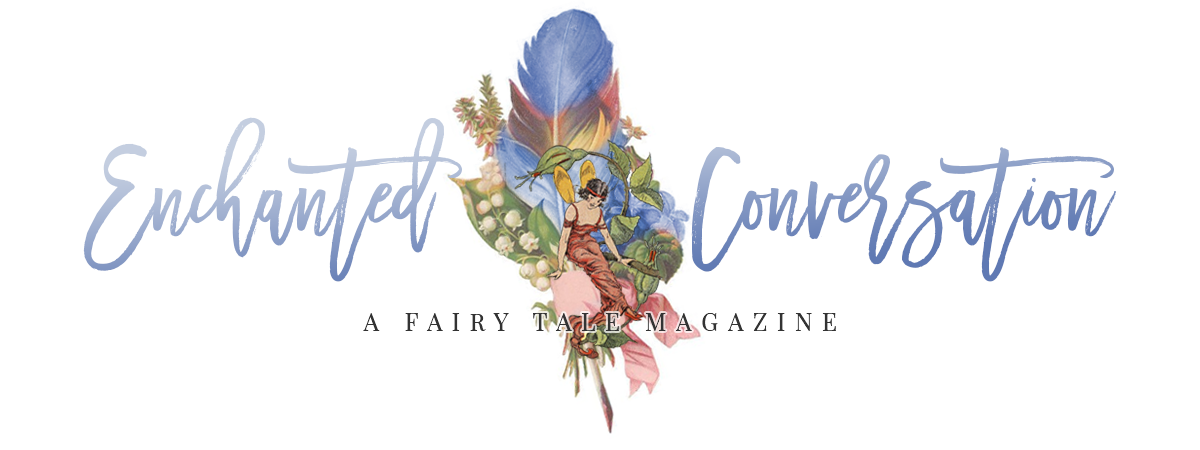Editor’s note: I’m not sure I agree with what the writer says here, especially about the “over” status of old school fairy tales, but the post did get my attention. I think it’s interesting. It’s from 2020. KW
It’s not a stretch to call fan fiction polarizing. Its legitimacy is often questioned by self-appointed “serious” writers, even though it is one of the most prolific forms being written today. How prolific? Head over to FanFiction.net and see how many stories have been uploaded in the past day. I’ll wait.
Impressive isn’t it?
There are already mile long forum threads to show how non-productive it is to debate the validity of fan fiction, so I’m not going to throw my opinionated hat into that ring. I would rather use this space to highlight one example of fan fiction that is enjoying massive success – the modern, or fractured, fairy tale.
Not fan fiction you say? Do they utilize characters from other works in original ways? Do they explore worlds and settings created by others? Do they seek to deepen and pay homage to already existing narratives?
Sounds like fan fiction to me, and it’s thriving.
A quick internet search brings up numerous anthologies of “new” fairy tales published in the last year (After the Happily Ever After, Transmundane Press, Twisted Fairytales Anthology, Createspace Publishing, Fractured Beauty: The Fairy Tale Five, Tork Media - just to name a few)
The 1991 movie, Hook, for example, is certainly fan fiction and was nominated for 5 Academy Awards. (we’re going to save the conversation about whether or not Peter Pan is an “actual” fairy tale for another time)
The ABC television series, Once Upon a Time, ran for 7 seasons and had an impressive list of Emmy nominations.
Both Cinderella and Beauty and the Beast have enjoyed new life with expanded live action adaptations.
So why is fan fiction being celebrated when it comes to fairy tales, and eye-rolled into obscurity when it deals with nearly any other genre?
Fan fiction usually doesn’t take the time to build worlds or characters. It relies solely on source material, and assumes that the reader has a strong understanding of the “canon” that came before it. This means that the fan fiction writer will either need to write about a literary world people are already familiar with or be content with a small readership.
We all know fairytales. The majority of us grew up with Snow White and Little Red Riding Hood. When Once Upon a Time uses Cinderella in an episode, you already know her story. This social familiarity helps the story appeal to a much wider audience.

You might be wondering, “Well everyone knows Harry Potter, shouldn’t its fan fiction be just as popular?”
It might be, if it wasn’t for the giant elephant in the room - the dreaded copyright. Most fairy tales have been around long enough to slip into Public Domain, meaning that anyone can use the characters and settings without fear of infringement. Chances are, an author isn’t going to let a story that infringes on their copyright go far (anywhere but a web forum far), so most fan fiction that would appeal to a large audience is stopped before it even gets off the ground.
While an author can’t prevent anyone from writing fan fiction, they certainly can limit the amount of exposure a piece gets. Cease and desist letters can come quickly for the successful fan fiction writer.

Some fan fiction is written while the source material is still being expanded by the original creators, others are “officially” done, leaving fan fiction as the only way to keep these stories and alive.
Some of us sit around and wait for another visit to Hogwarts or that second season of Firefly. Others get to it themselves.
Regardless of your thoughts on fan fiction, I’m sure everyone can agree that it’s a labor of love. It comes from a place of wanting more of characters or worlds that have touched the reader in a special way.
It’s over for classic fairy tales. The originators of our Grimm favorites have been gone for hundreds of years. If we want another taste of those nostalgic stories, we have to turn to fan fiction. This void creates fertile ground for new writers to plant their own creative seeds. Fan fiction becomes more acceptable when it deals with works that can’t be expanded any other way.
It’s easy to split hairs with this topic. How exactly do you define “fan fiction” or “fairy tale”? Can Walt Disney's 1950 animated version of Cinderella be considered fan fiction, while the 2015 live action version is considered a remake?
My hope with this article was to highlight the seemingly contradictory way we enjoy, even celebrate, fan fiction’s creative borrowing. There seems to be something about fairy tales we can’t let go of, a magic that compels us to make special exemptions to get our next fix of forbidden forests, glass slippers, and fairy godmothers.
William Gilmer is a contributing editor at Enchanted Conversation Magazine and a writer and poet currently living in Michigan.
Follow him on Twitter @willwritethings
Cover layout by Amanda Bergloff
Follow him on Twitter @willwritethings
Cover layout by Amanda Bergloff






























